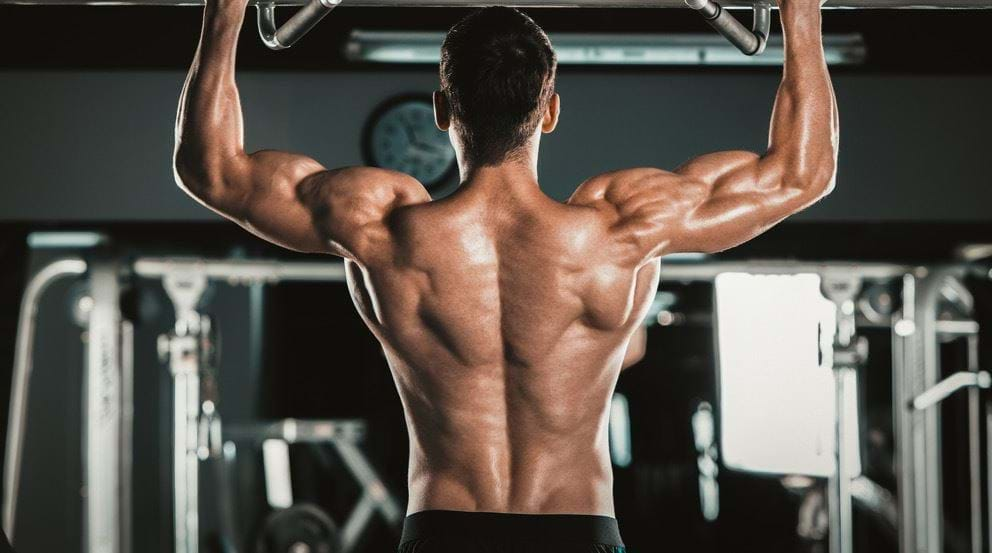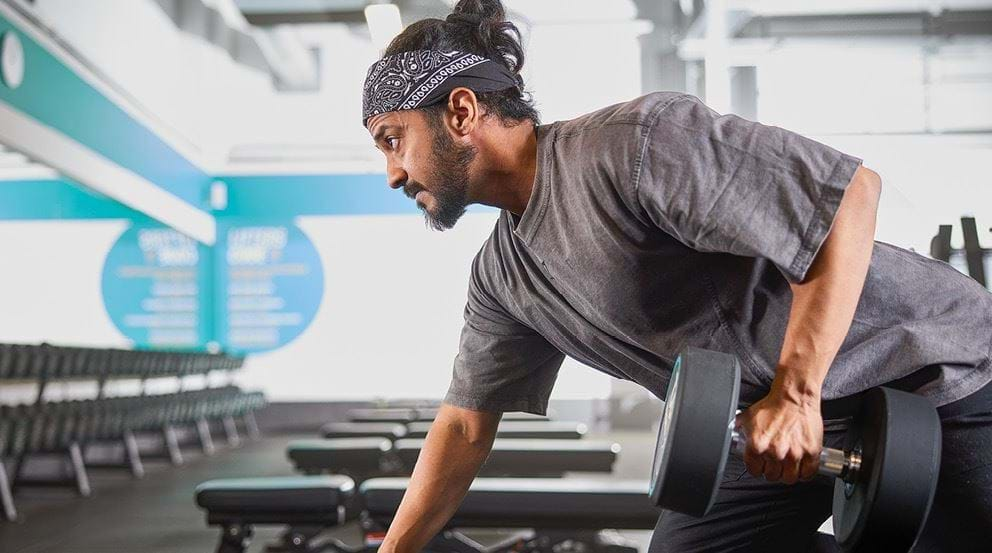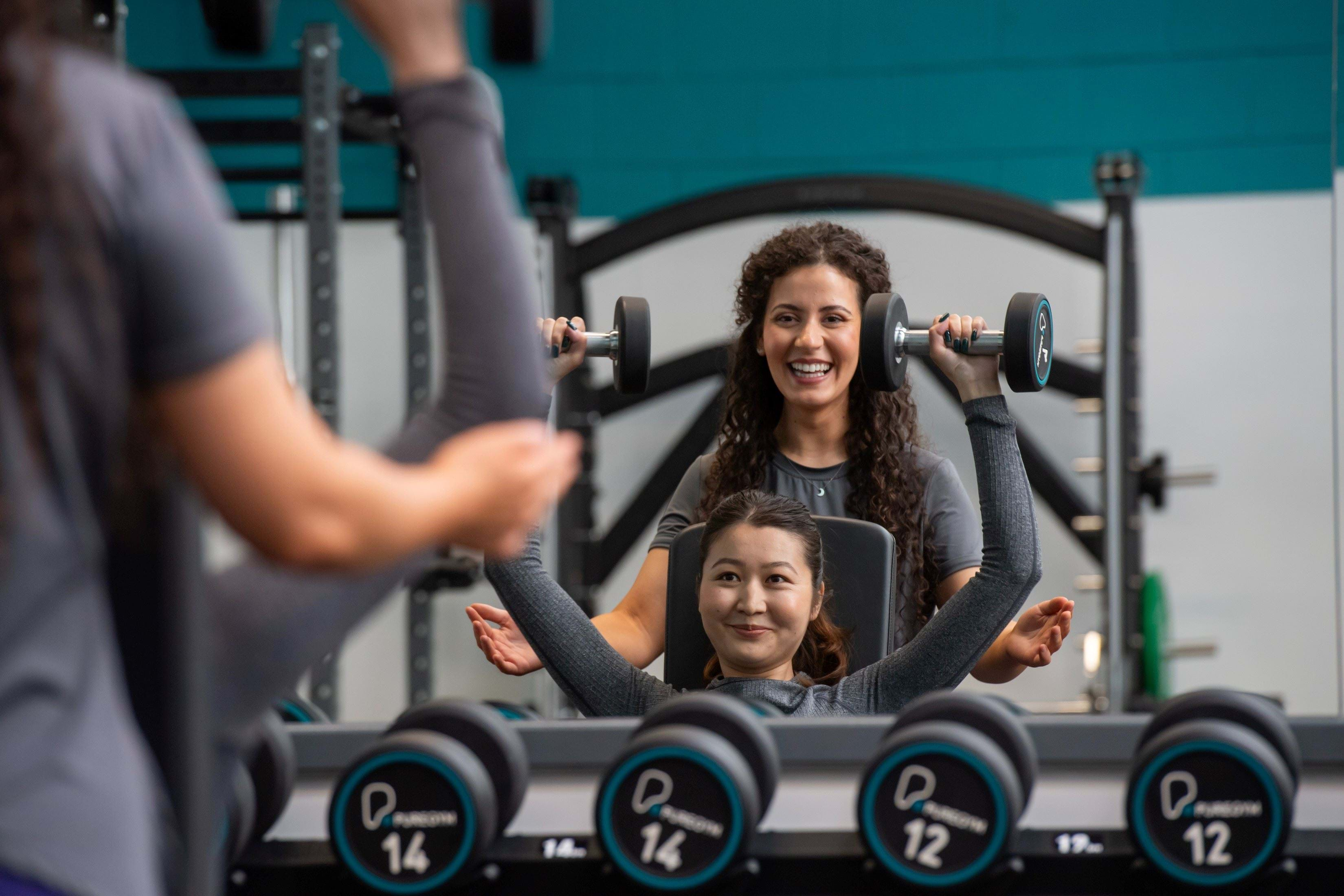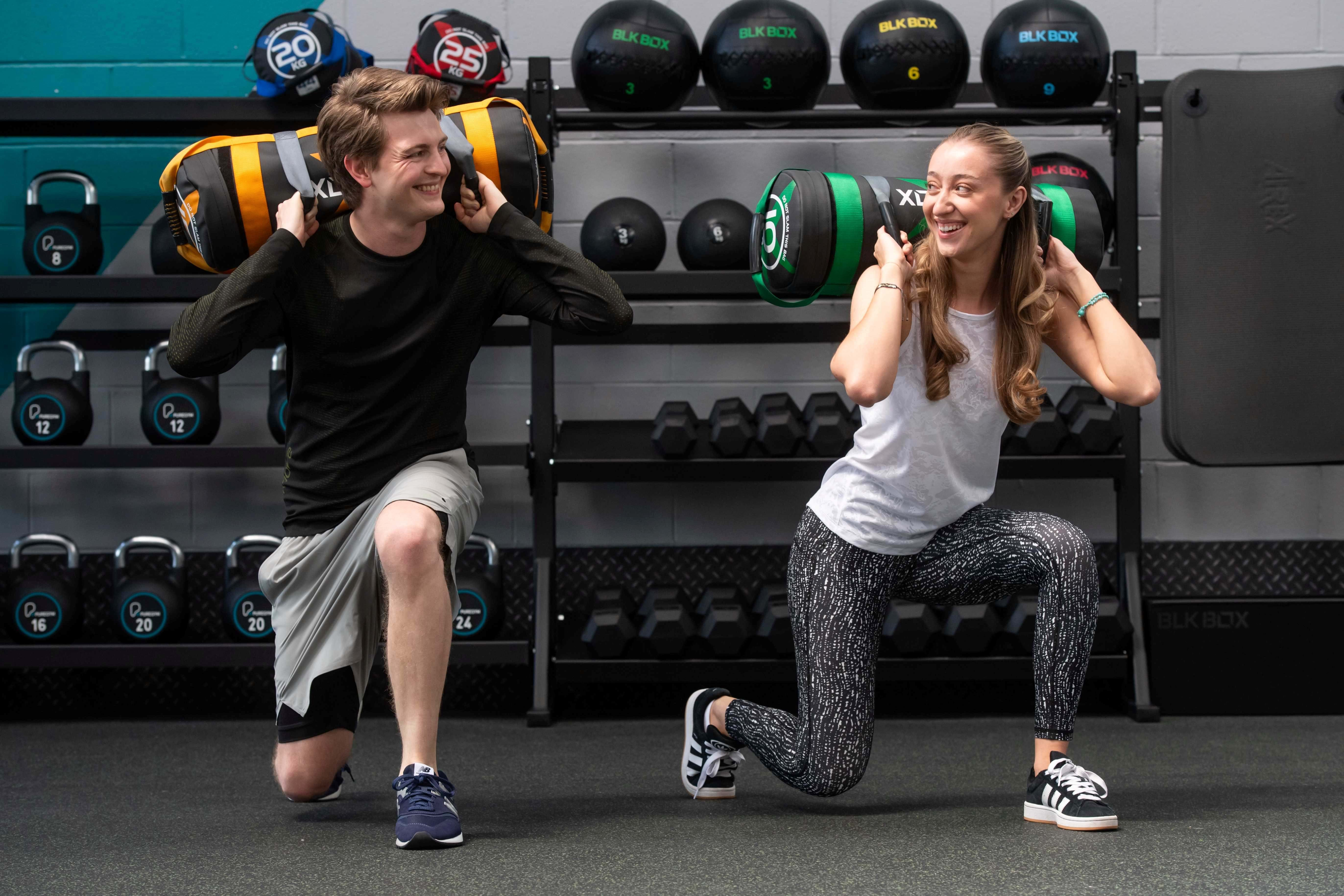How to Build a V-Taper Physique: Workouts, Muscles & Training Tips

Exercise comes with hundreds of physical and mental health benefits — and one of them is the ability to change your body composition and overall shape.
For some people, that means losing a few pounds or developing a more toned look. For others, it’s about chasing a specific aesthetic, like the classic V-taper physique. If that’s your goal, keep reading to learn exactly how to build a V-taper body.
What Is a V-Taper Body?
The V-taper physique is defined by broad shoulders and an upper back that narrows down to a slim waist, creating a sharp “V” silhouette.
Unlike abs or big biceps, a strong V-taper can be noticeable even when you’re fully dressed. It signals a balanced approach to training, since the shoulders and back are clearly developed — not just the “mirror muscles” like the chest and arms.
How to Build a V-Taper Body
There are two main components to creating a V-taper:
Widen your shoulders and upper back. This requires building muscle in your upper body through targeted strength training.
Reduce your waist size. While you can’t spot-reduce fat just from your waist, lowering your overall body fat percentage will help shrink your midsection.
As your upper back and shoulder width increases and your waist gets smaller, the difference in proportion creates that coveted V shape.
Key Muscles for a V-Taper
Focus on developing these muscles to create a wider upper body and a smaller-looking waist:
Latissimus dorsi (lats): Large muscles that run from your mid-to-lower back, around the sides, to your upper arms.
Deltoids (delts): Shoulder muscles covering the front (anterior), sides (lateral), and back (posterior) of the shoulders.
Trapezius (traps): Trapezoid-shaped muscles that run from your neck across your upper back.
Rhomboids: Muscles between your shoulder blades that help with posture and back width.
Obliques: Side abdominal muscles that run from your ribcage to your pelvis.
Fat Loss for a V-Taper
Getting a V-taper means building muscle while losing fat — a tricky balance.
To grow muscle, you’ll need hypertrophy-focused training (moderate weights, higher volume, 2–3 sessions per muscle group each week). That typically requires a calorie surplus. But to lose fat, you need a calorie deficit.
There are two ways to manage this:
Body recomposition: Eat at or slightly below maintenance calories and train to build muscle. Your body will use stored fat for energy. This is slower for both fat loss and muscle gain but works well if you struggle to bulk or cut aggressively.
Bulking and cutting cycles: Spend time in a calorie surplus to build muscle (bulk), then switch to a calorie deficit to burn fat (cut). This is more efficient for physique changes but mentally tough during the cut phase.
Best Gym Exercises for a V-Taper
To get a V-taper, combine compound exercises (for maximum load and muscle growth) with isolation exercises (to target specific muscles).
Back Exercises Compound: Pull-ups, lat pulldowns, seated rows, bent-over rows Isolation: Y-raises, straight-arm pushdowns, face pulls, shrugs
Shoulder Exercises Compound: Overhead press, upright rows, incline chest press, chest dips Isolation: Front raises, lateral raises, rear delt flyes
Core Exercises Russian twists, hanging leg raises, V-sit ups, Pallof presses, dead bugs
Calisthenics for a V-Taper You don’t need weights to build a strong V-taper — bodyweight training works if you follow progressive overload.
Beginner: Assisted pull-ups, pike push-ups, push-ups, inverted rows Intermediate: Weighted pull-ups, muscle-ups, back levers, decline push-ups, handstand push-ups
Best Workout Splits for a V-Taper Your split should hit each muscle group at least twice a week while giving them enough recovery time.
3-Day Split:
Option 1: Full body (Mon, Wed, Fri)
Option 2: Upper, Full, Lower
4-Day Split: Upper/Lower twice per week
5-Day Split: Shoulders/Chest, Legs/Glutes, Back/Core, Legs/Glutes, Upper Body
6-Day Split: Push/Pull/Legs twice per week, or targeted muscle group splits
Example Full-Body V-Taper Workout Warm-Up:
5 min elliptical (moderate pace)
Arm swings, leg swings (30 sec each)
Plank (30 sec)
Workout:
Superset: Lat pulldowns (3x8–10) + Russian twists (3x12)
Squat to overhead press (3x8–10)
Superset: Bent-over row (3x8–10) + Hanging leg raises (3x10)
Incline chest press (3x8–10)
Deadlifts (4x6–8)
Cool-Down: Overhead tricep stretch, chest stretch, puppy pose, quad stretch, pigeon pose (30 sec each)
Nutrition for a V-Taper
You can’t out-train poor nutrition. To balance muscle gain and fat loss:
Eat in a small calorie deficit (~200 calories below maintenance) if you need to lose fat.
Get at least 0.65g of protein per pound of body weight (about 30g per meal).
Choose lean proteins (chicken, eggs, fish, dairy, protein shakes).
Prioritize complex carbs (whole grains, sweet potatoes, legumes).
Include healthy fats (avocado, nuts, olive oil).
Eat a variety of fruits and veggies for vitamins, minerals, and fiber.


